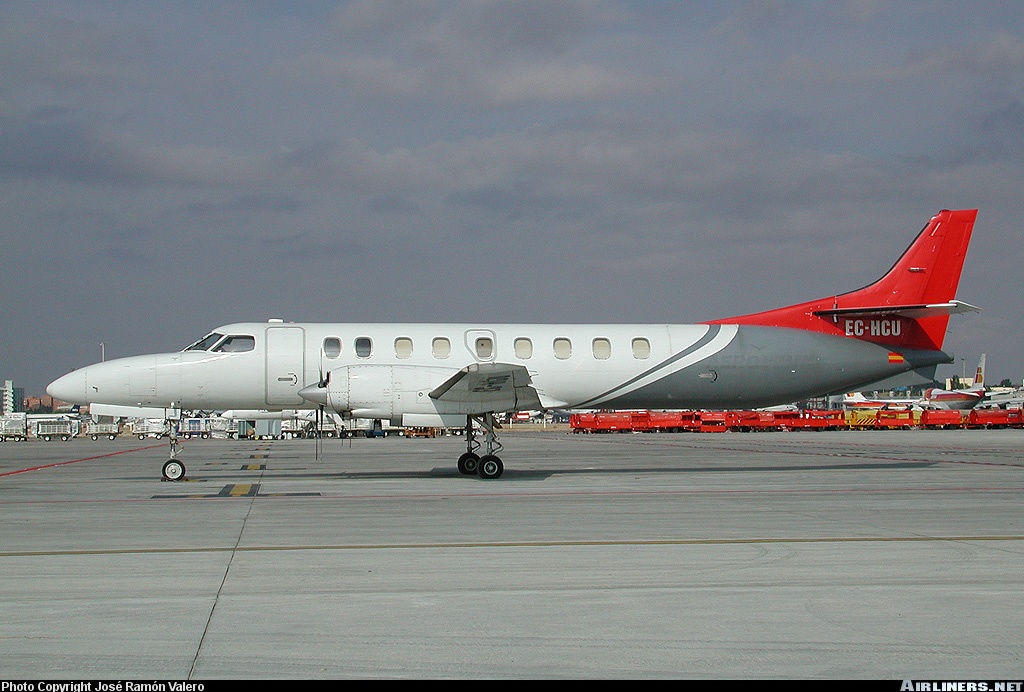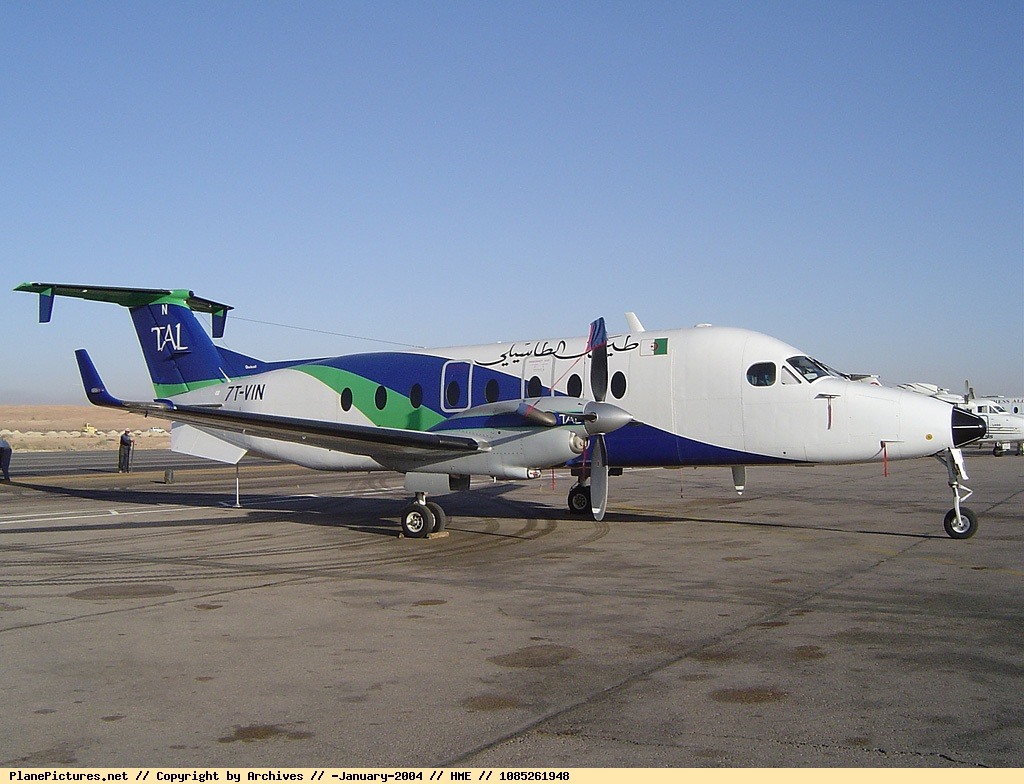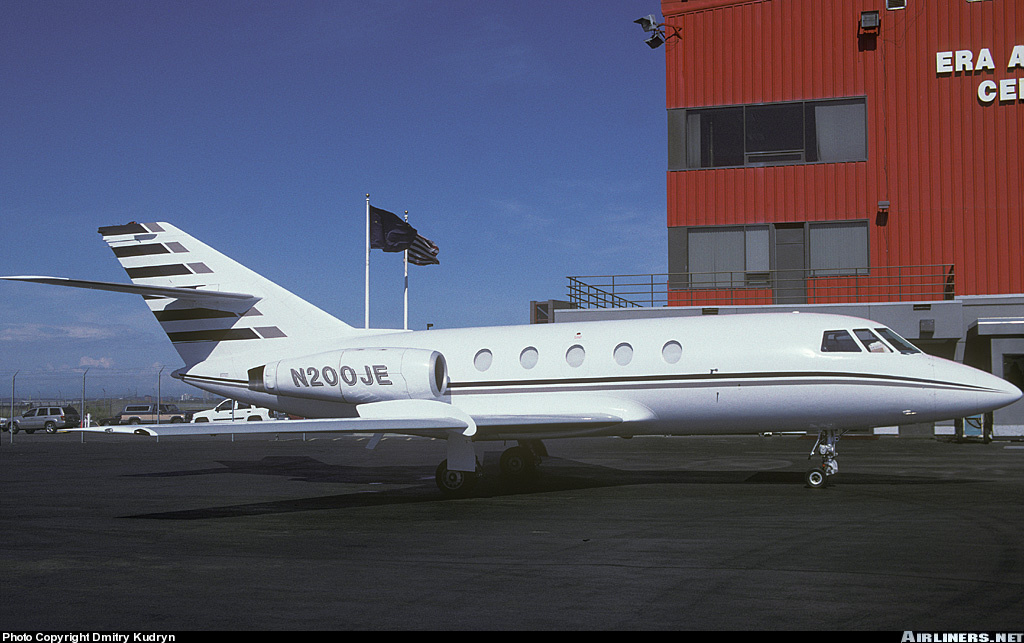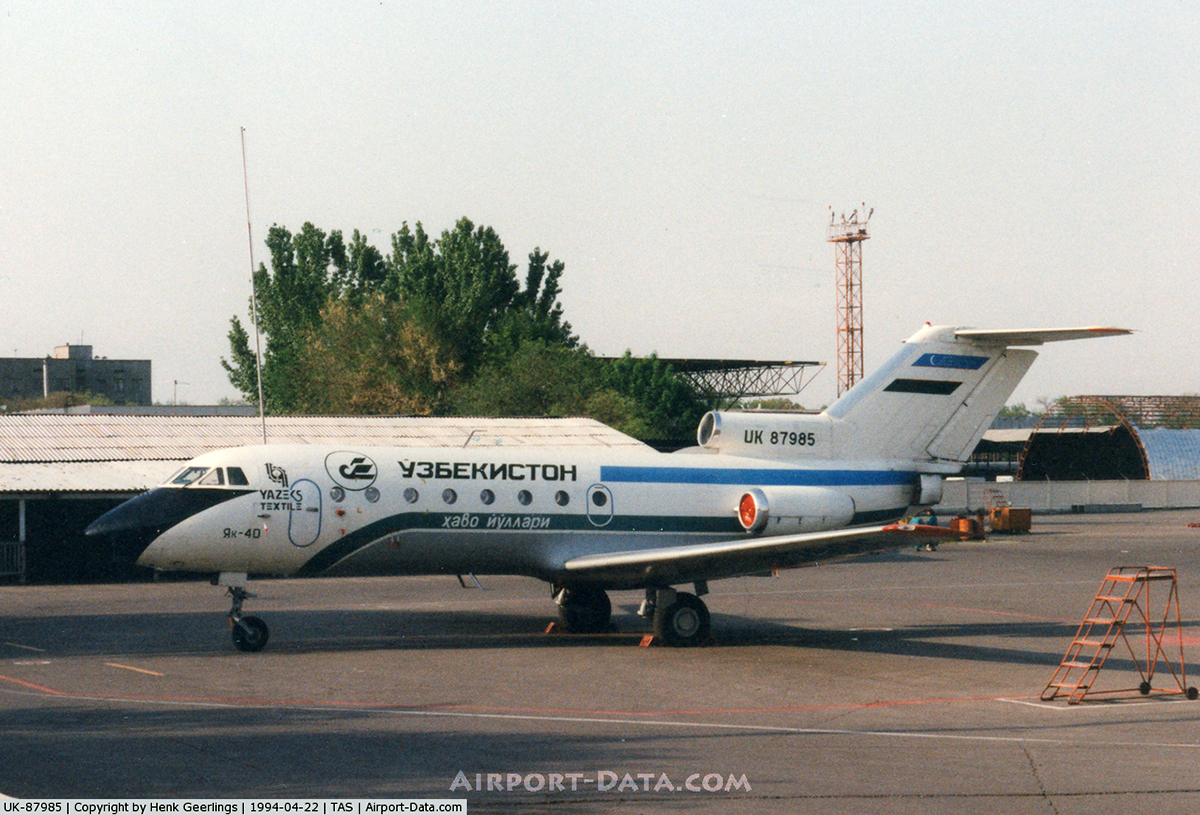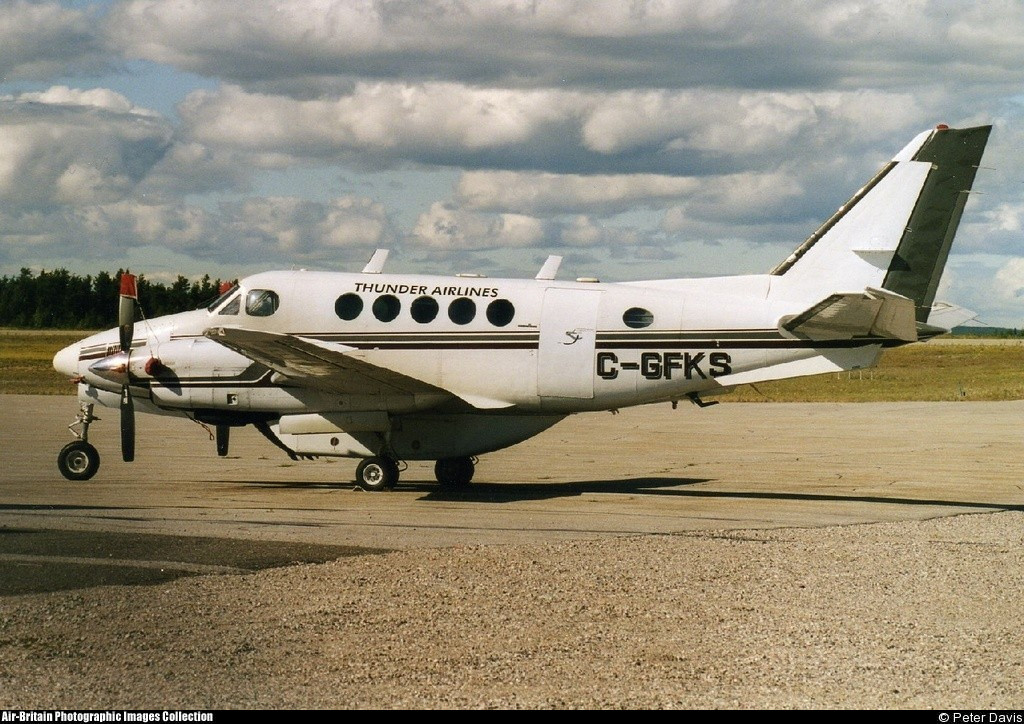Crash of a Swearingen SA226TC Metro II in Reus
Date & Time:
Jan 31, 2004 at 1800 LT
Registration:
EC-HCU
Survivors:
Yes
Schedule:
Reus - Barcelona
MSN:
TC-390
YOM:
1981
Crew on board:
2
Crew fatalities:
Pax on board:
0
Pax fatalities:
Other fatalities:
Total fatalities:
0
Captain / Total hours on type:
2700.00
Copilot / Total hours on type:
360
Circumstances:
The crew was completing a positioning flight from Reus to Barcelona for maintenance purposes. During take off roll on runway 07, at a speed of 80 knots, the nose gear collapsed. The aircraft slid on its nose for few dozen metres before coming to rest on the runway. Both pilots escaped uninjured while the aircraft was damaged beyond repair.
Probable cause:
The nose gear folded because the lever was in the gear up position. The lever was in that position either due to the failure of the crew to carry out the checklists in full, in the event that the aircraft was delivered to them with the gear lever in the gear retracted position, or inadvertent action on the gear lever at some point between the last check by the crew and the moment of the accident.
Final Report:
